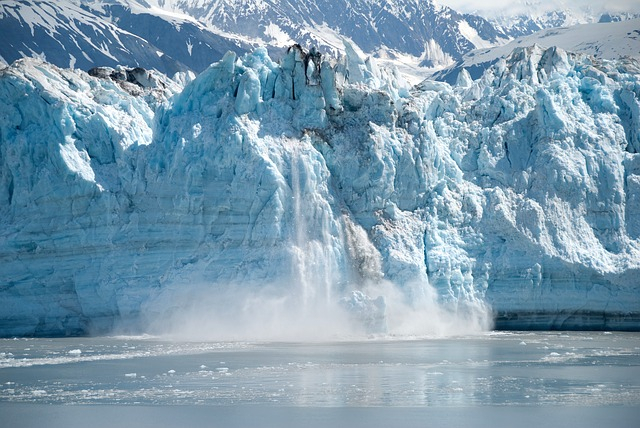
The glaciers always have released the ice into the sea, but now these natural events are happening almost twice as often as it did 10 years ago. Since such events are frequent now, a vast amount of fresh water is being released into the sea that is causing drastic sea level rise and as per recent findings, the global water level is expected to rise anywhere between 52 cm and 98 cm by 2100.
Earlier, NASA conducted a research on this issue and stated that the estimated increase will be anywhere in the range of up to 65 cm in the next 80 years and that it may affect many coastal cities.
However, the global sea level rise was one of the most controversial issues raised by the Intergovernmental Panel on Climate Change (IPCC), which stated that the planet would see world's waters rising between 52 cm and 98 cm by 2100. But many experts claimed that it was a very conservative estimate.
A new study, which looked at a broader range of results, covering 5-95% of the estimates, suggested that a global total sea level rise exceeding 2 metres by 2100 lies within the 90 percent uncertainty bound for a high emission scenario. The author of this study stated that such drastic events could lead to the displacement of hundreds of millions of people.
The researchers calculated that if the glaciers continue to feed oceans with fresh waters then the world would lose an area of land equal to 1.79 million square kilometres, which is equivalent to the size of Libya.
The study also claimed that the sea level rise would grasp important food growing areas such as the delta of the Nile and that the natives of the coastal cities such as London, New York, and Shanghai will come under serious threat.
The lead author of the new study Prof Jonathan L. Bamber from the University of Bristol said, "To put this into perspective, the Syrian refugee crisis resulted in about a million refugees coming into Europe. That is about 200 times smaller than the number of people who would be displaced in a 2 m sea-level rise."
Earlier NASA said that a technology called Gradient Fingerprint Mapping (GFM) can analyse earth's spin and gravitational effects to determine how the water will be redistributed on the planet and which cities will be flooded when the ice starts melting.
NASA's study also suggested that the melting ice sheets in Greenland and Antarctica are the main reasons behind the sea level rise.









